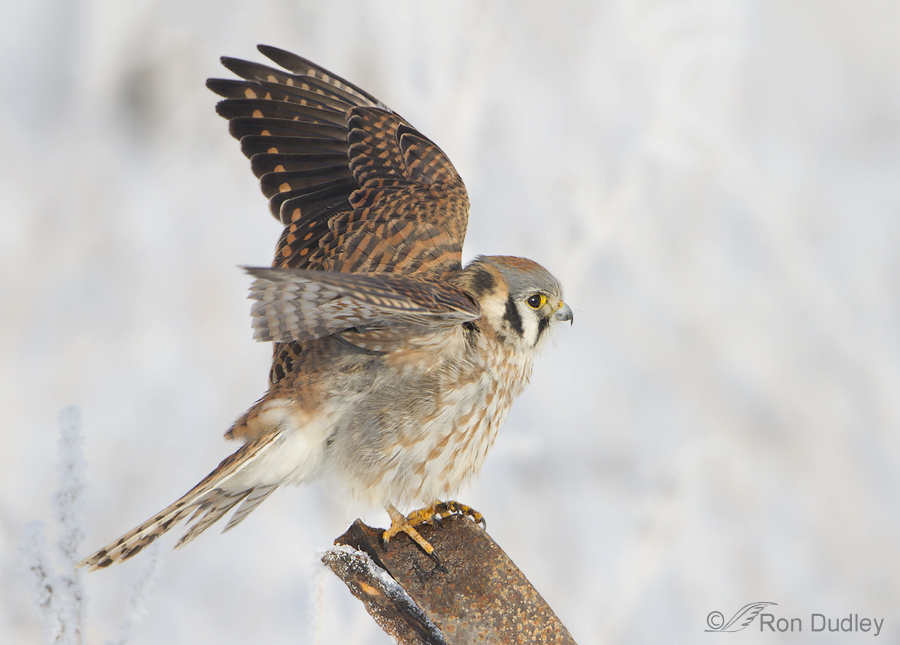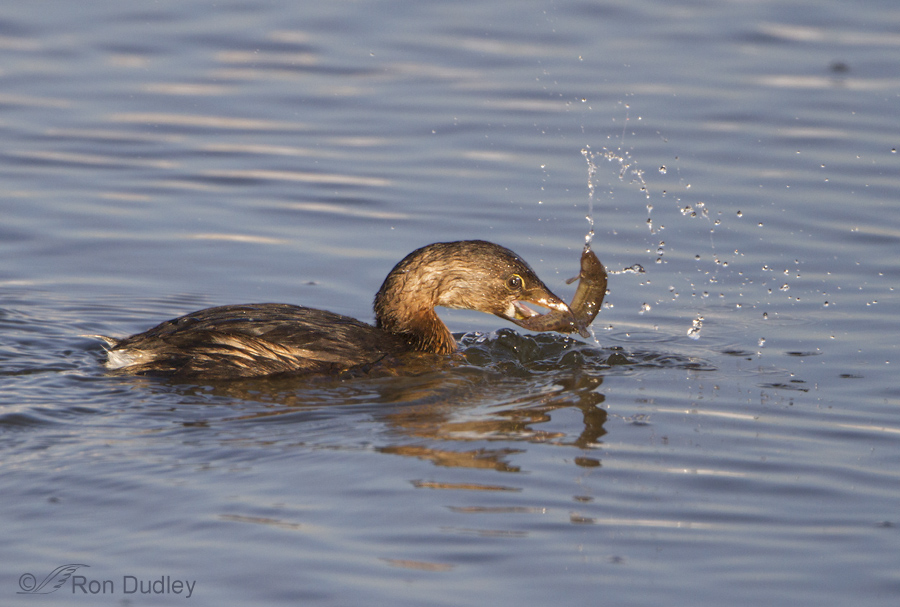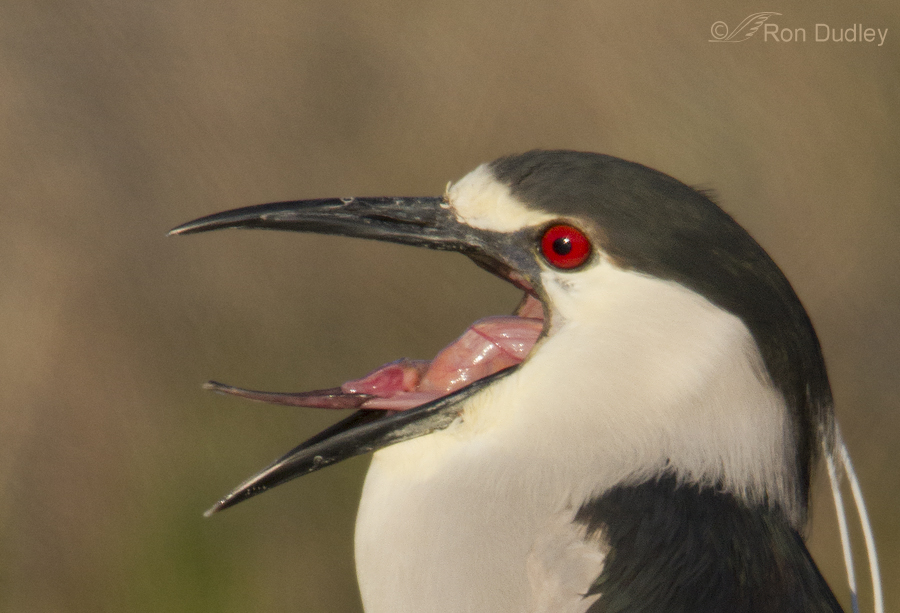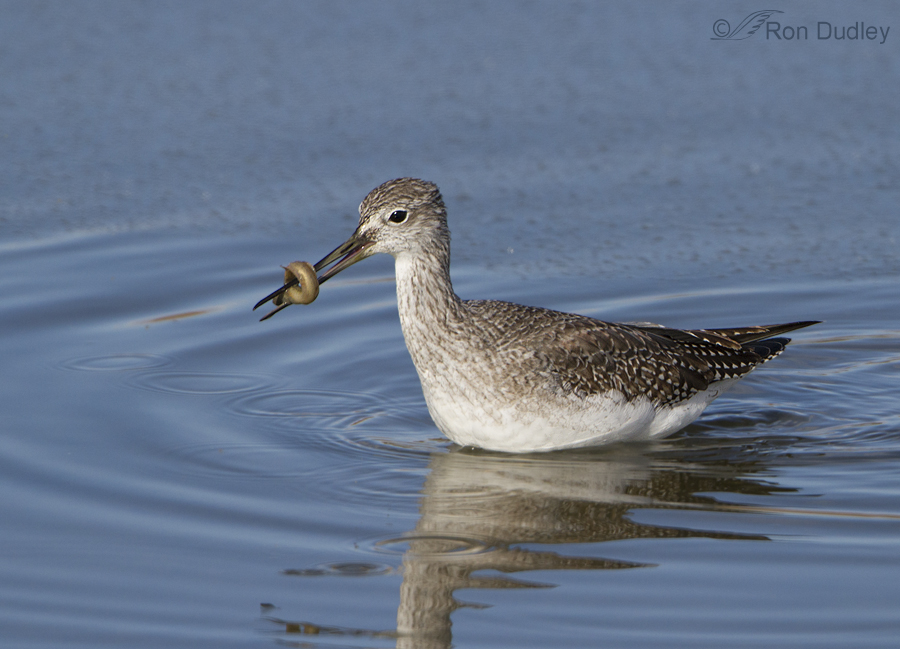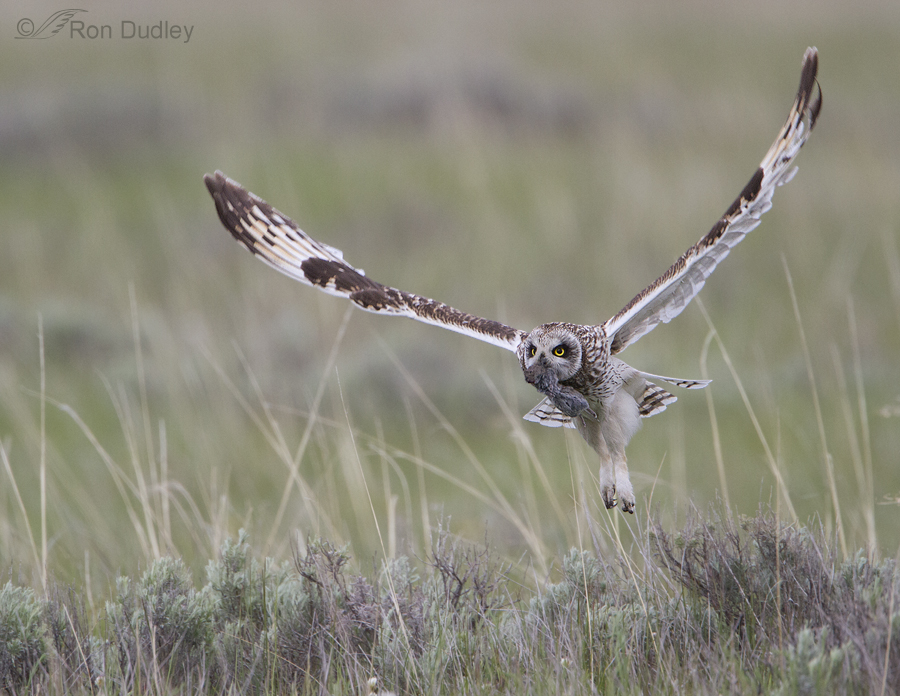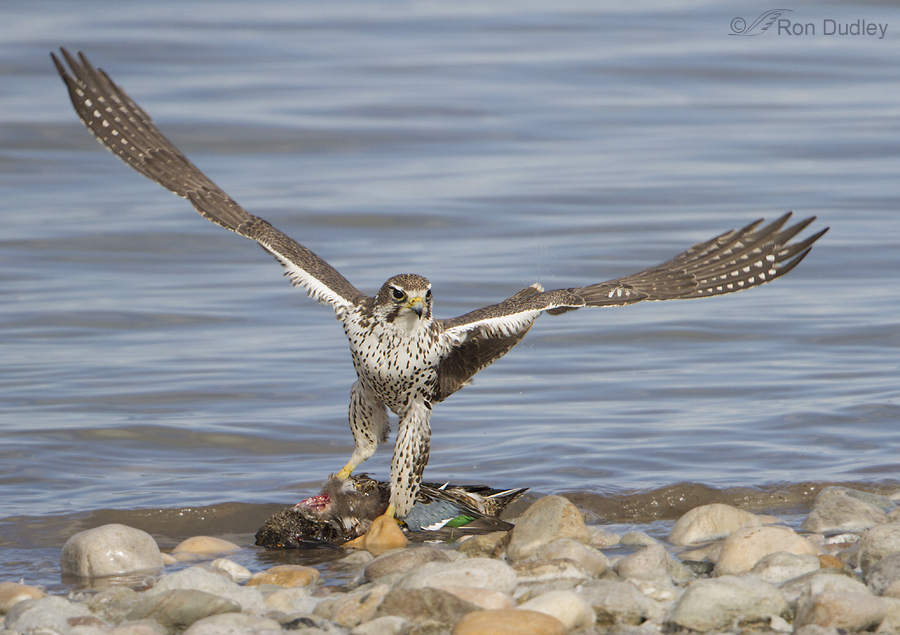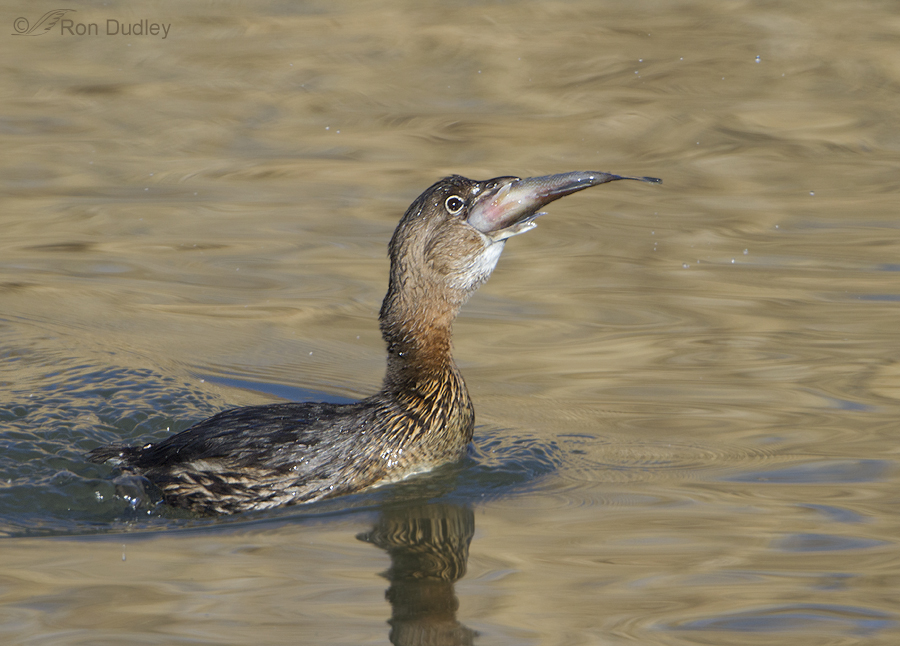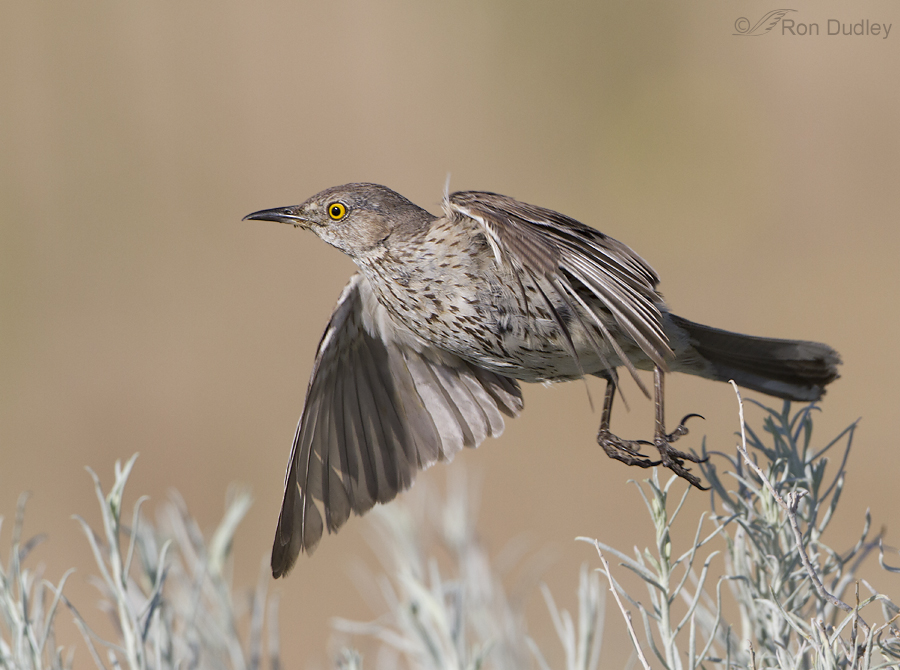Tag: prey
Pied-billed Grebe Feeding Behavior And An Invasive Species
Northern Harrier Showing Food Source Adaptability
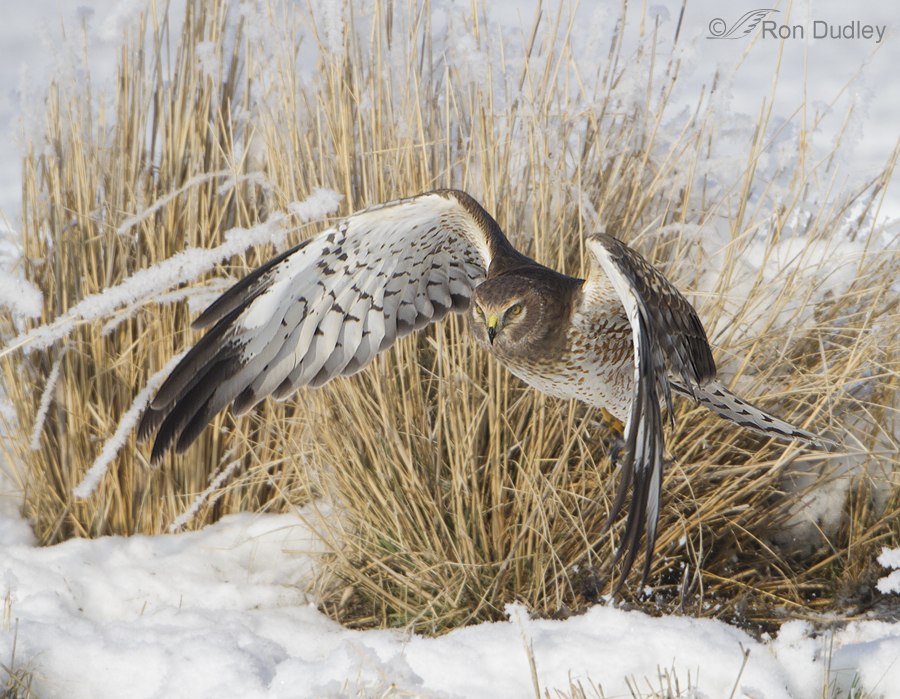
Last winter Northern Harriers really struggled to survive here in northern Utah. For several months it was bitter cold with a thick layer of snow on the ground which made it close to impossible for our wintering raptors (including Barn Owls) to find and catch their typical prey – voles. So harriers were forced to look for other food sources, including small birds. Songbirds are relatively scarce here that time of year but this harrier got lucky.
Black-crowned Night Heron Tongue
A Greater Yellowlegs And Its Weather Loach Prey
Short-eared Owl Carrying A Vole In Its Beak (for a change)
The Interdependence Of Short-eared Owls And Voles
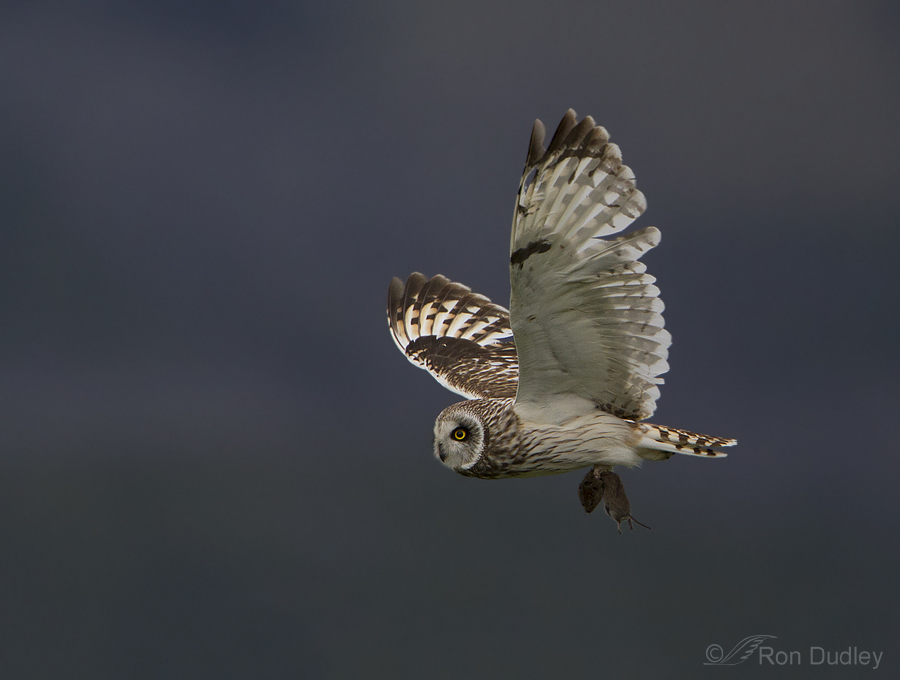
Though Short-eared Owls are one of the worlds most widespread owls, the species is highly dependent on the density of its small mammal prey, voles in particular. Since vole populations fluctuate wildly, Short-eared Owls show significant local variation in numbers and reproductive success from year to year.
Prairie Falcon – A Fascinating Hunting Strategy
Red-tailed Hawk Gliding To Its Prey
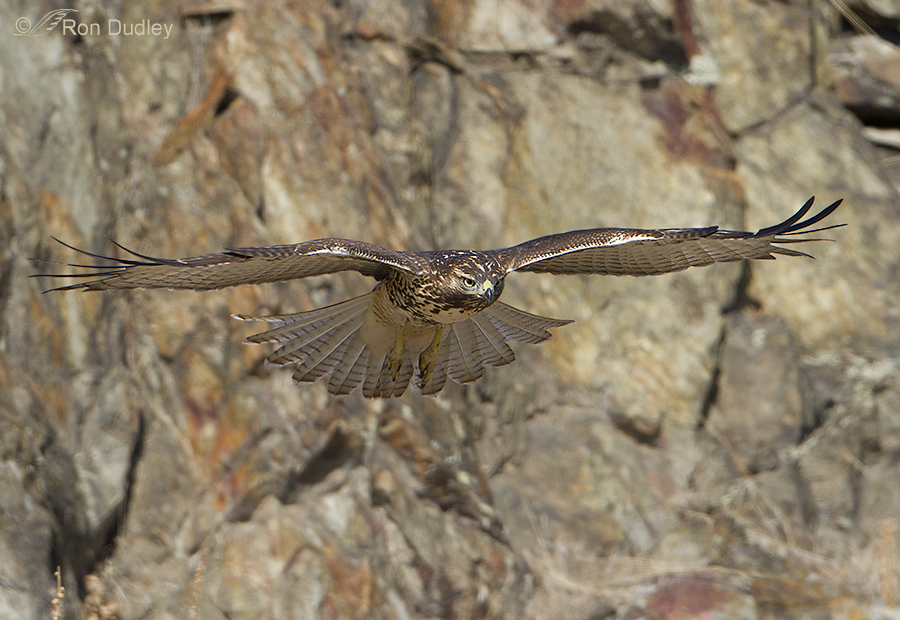
About a year ago I spent some time with this juvenile Red-tailed Hawk as it honed its hunting skills. It wasn’t yet a very good hunter but it sure tried hard. It typically perched on top of some rocky outcrops as it scanned the grassy slopes below for voles. Then it would swoop down and make its attempt, though it seldom caught anything that I was aware of. Learning to hunt isn’t easy and the price to pay for failure is a dear one.
Lark Sparrow – The Sparrow With The Harlequin Face
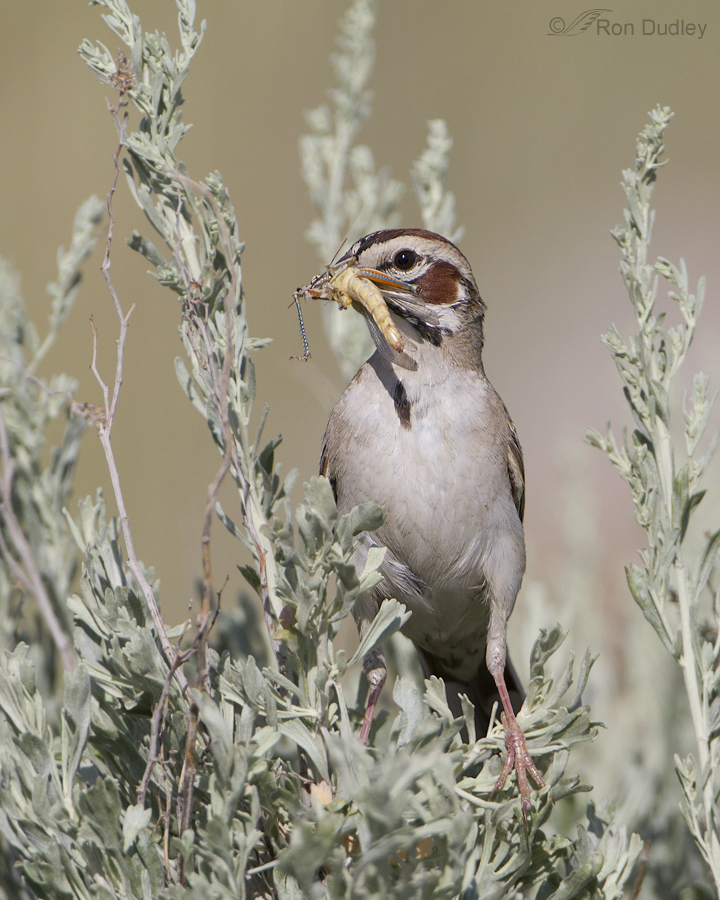
Lark Sparrows are among my favorite songbirds to photograph, largely because of their boldly patterned face and head. Those dramatic chestnut, black and white markings make it one of the easier sparrows to identify and give it that harlequin look. This species has declined precipitously in the East but its populations seem secure in the rest of the continent where they’re naturally found.
Owl Head-on Flight Shots Don’t Have To Be Baited
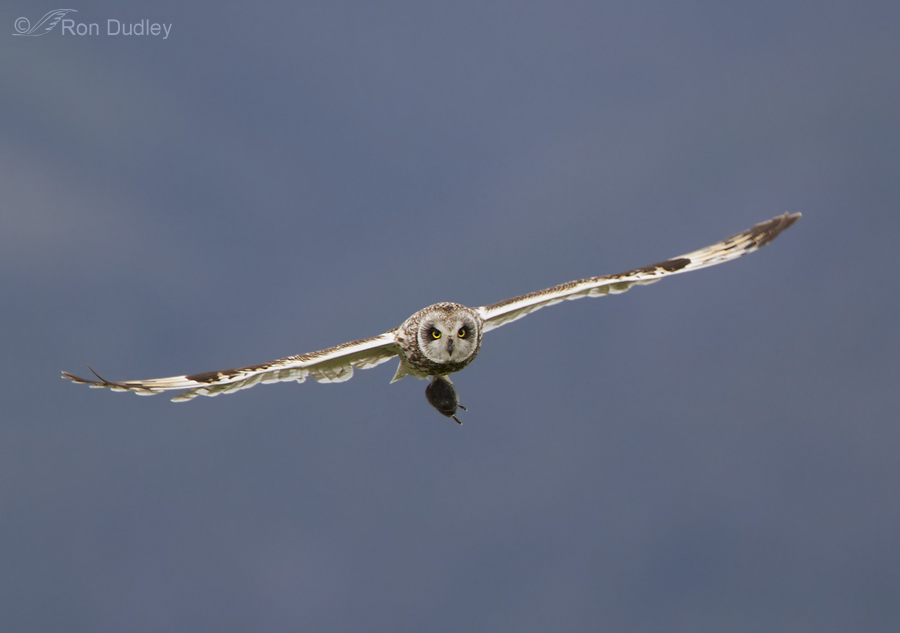
Head-on flight shots of owls have often been baited using live, store-bought mice. I’m of the opinion that baiting raptors is not only unethical (a debate I’d prefer to not get into here) but unnecessary for those kinds of images. However they typically require patience, intimate knowledge of the subject, a keen eye for interpreting behavior and even a little luck.
Pied-billed Grebe With Eyes Bigger Than Its Than Stomach
Montana Prairie Falcons And Hordes of Grasshoppers
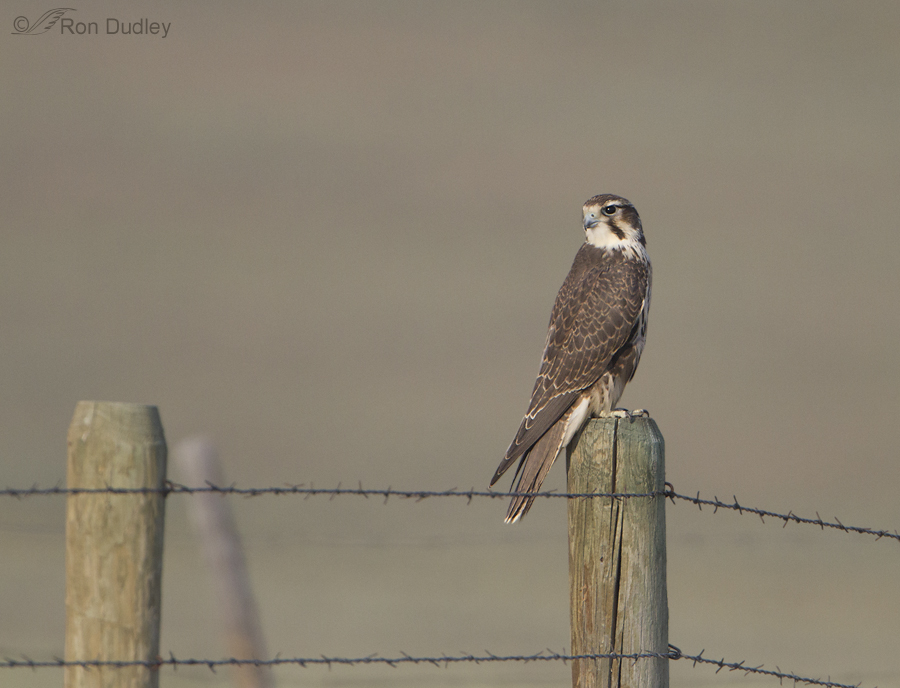
I learned something last week in Montana’s Centennial Valley – Prairie Falcons eat insects.
In the past I’ve only seen them eat birds and small mammals and cursory research had backed up that observation but if you dig a little deeper in your research (Birds of North America Online, for example) you’ll find mention of lizards and insects being included in their diet. My friend (master falconer) Mark Runnels says that “Prairie Falcons will eat anything. In really bad years I have even heard of them feeding on carrion. You’ll never see a Peregrine do that!”
A Sage Thrasher Kinda Morning
Some Hope For Barn Owls
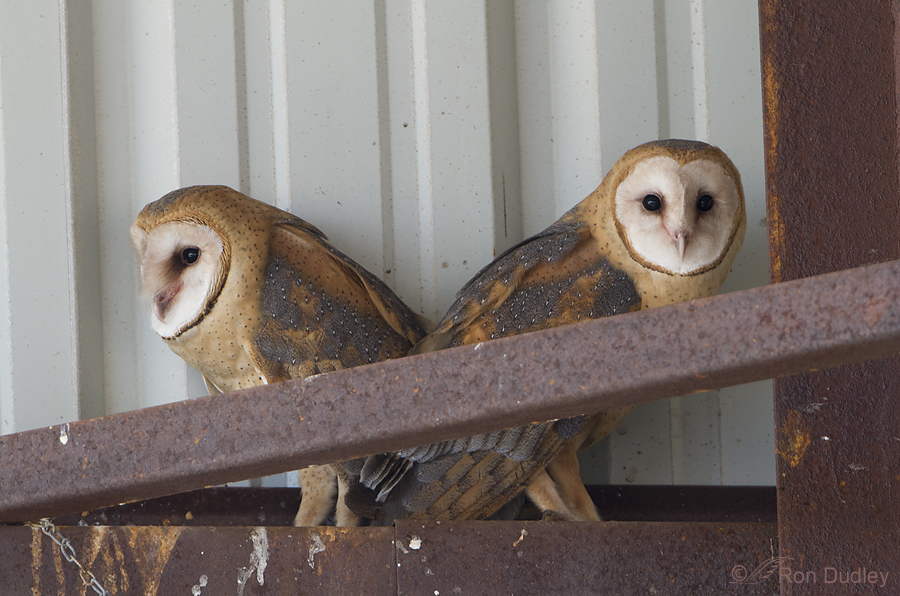
I’ve reported previously on this blog that Barn Owl populations took a huge hit this past winter in northern Utah. It was dreadfully cold for much of the winter with lots of snow. Normally that’s not a huge problem for these owls but with deep snow on the ground we had a warm spell that melted the surface of the snow and immediately after that we had an extended cold snap. Those conditions caused a hard crust of ice to form on the snow surface that lasted for weeks.


